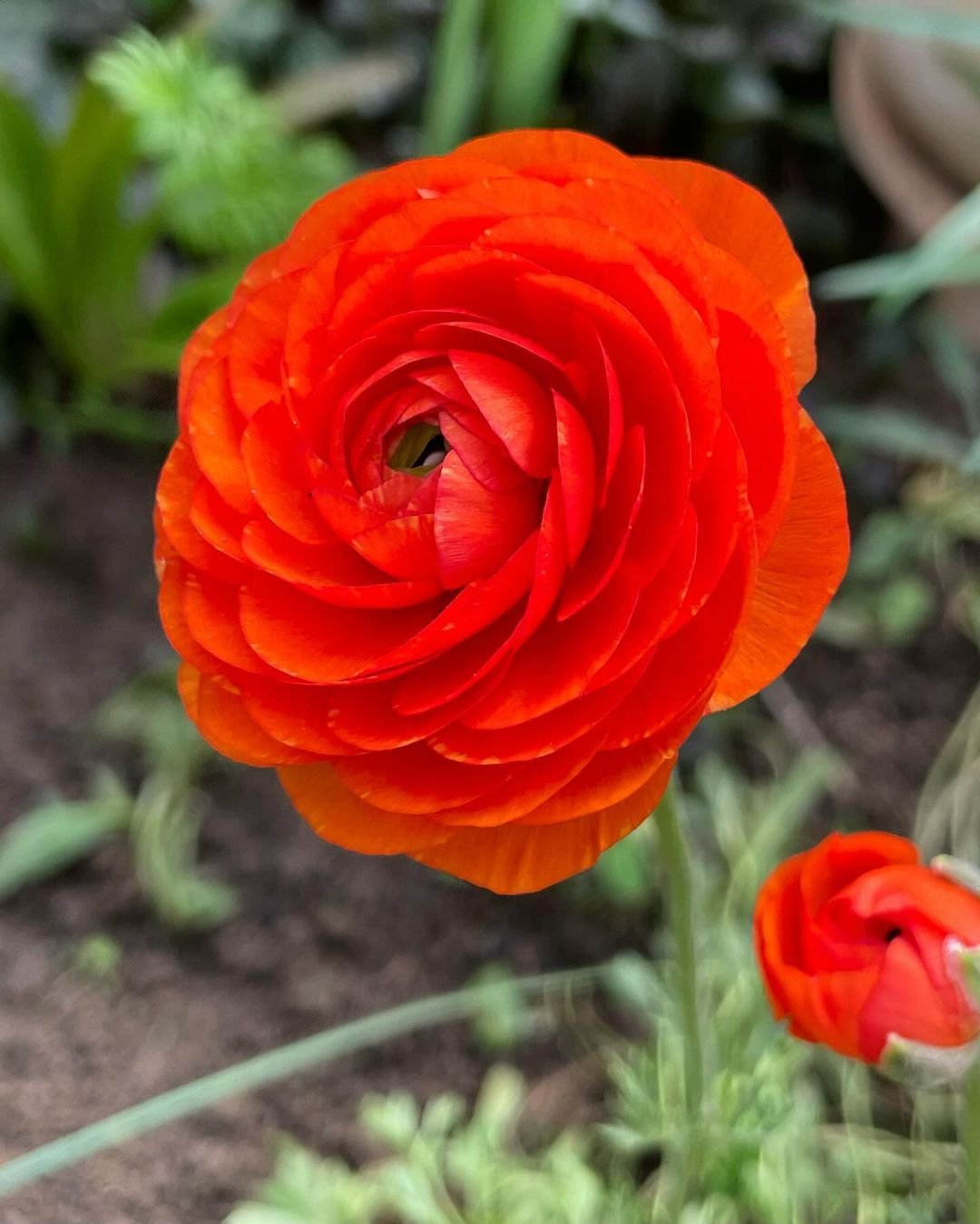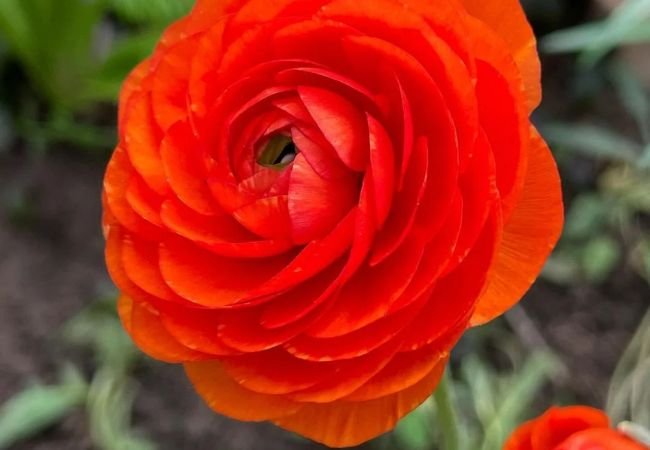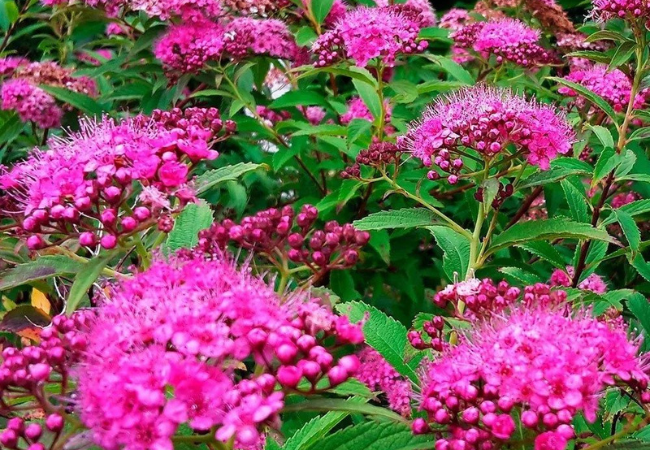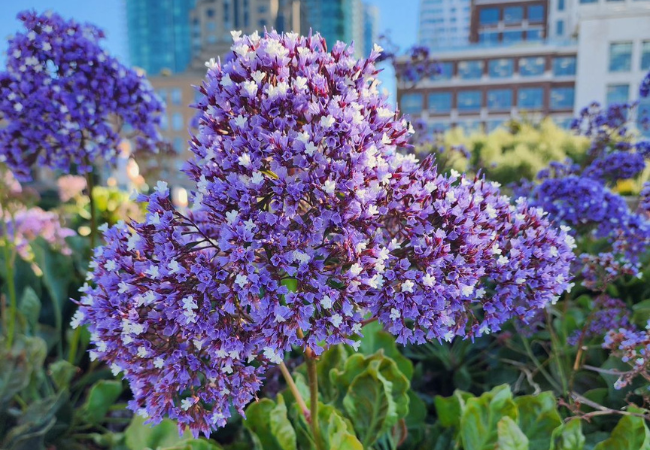Discover the beauty and care of Ranunculus flowers. Learn about their types, growing tips and uses in gardens and bouquets. Perfect for both new and experienced gardeners.
Ranunculus flowers are beautiful blooms that can brighten up any garden or bouquet. These flowers, also known as buttercups, come in many colors and are loved by gardeners across the USA. In this article, we’ll learn all about Ranunculus flowers and how to grow them.
Here’s a detailed chart for Ranunculus flowers:
| Category | Information |
|---|---|
| Botanical name | Ranunculus asiaticus |
| Common name | Ranunculus, Persian Buttercup |
| Plant type | Perennial (often grown as an annual) |
| Hardiness zone | Zones 8-11 (perennial), grown as annual in cooler zones |
| Sun exposure | Full sun to part shade |
| Soil type | Well-drained, fertile soil |
| Watering | Regular watering, keep soil moist |
| Growth habit | Upright, bushy |
| Height/Spread | 12-24 inches tall, 6-12 inches wide |
| Special features | Brightly colored, multi-petaled flowers resembling roses; wide range of colors including red, pink, yellow orange and white; excellent for cut flowers and bouquets |
What Are Ranunculus Flowers?

Ranunculus flowers belong to a large family of plants called Ranunculaceae. They are known for their many layered petals that look like small roses or peonies. These flowers come in various colors, including white, yellow orange, pink and red.
Types of Ranunculus
There are many types of Ranunculus flowers, but some common ones are:
- Persian Buttercups (Ranunculus asiaticus): These are the most popular for gardens and cut flowers.
- Creeping Buttercup (Ranunculus repens): A wild type that spreads easily.
- Meadow Buttercup (Ranunculus acris): Often found in fields and meadows.
Growing Ranunculus Flowers
Planting
- Plant Ranunculus corms (bulb-like structures) in fall or early spring.
- Choose a spot with full sun or partial shade.
- Make sure the soil drains well.
- Plant corms 2 inches deep and 4-6 inches apart.
Caring for Ranunculus
- Water regularly, but don’t let the soil get too wet.
- Feed with a balanced fertilizer every 4-6 weeks during the growing season.
- Remove dead flowers to encourage more blooms.
Pests and Diseases
Ranunculus flowers can face some problems:
- Aphids: Small bugs that eat the plants. Wash them off with water or use insecticidal soap.
- Fungal diseases: These can happen if the soil is too wet. Make sure the area drains well.
Uses of Ranunculus Flowers
In the Garden
Ranunculus flowers look great in flower beds, borders and containers. They mix well with other spring flowers like tulips and daffodils.
As Cut Flowers
Ranunculus make excellent cut flowers for bouquets. They can last up to 7 days in a vase if cared for properly.
Fun Facts About Ranunculus
- The name “Ranunculus” comes from Latin and means “little frog.” This might be because many species grow near water.
- In the language of flowers, Ranunculus can mean “I am dazzled by your charms.”
- Some wild Ranunculus species are poisonous to eat, so it’s best to admire them in the garden only.
Ranunculus flowers are beautiful and fairly easy to grow. With their wide range of colors and rose-like blooms, they can add charm to any garden or bouquet. Whether you’re a new gardener or have years of experience, growing Ranunculus can be a rewarding experience. Remember to plant them in well-draining soil, give them plenty of sun and enjoy their lovely blooms in spring and early summer.
For more gardening tips and plant care guides, visit usagardenhub.com.







One comment on “All About Ranunculus Flowers : A Gardener’s Guide”